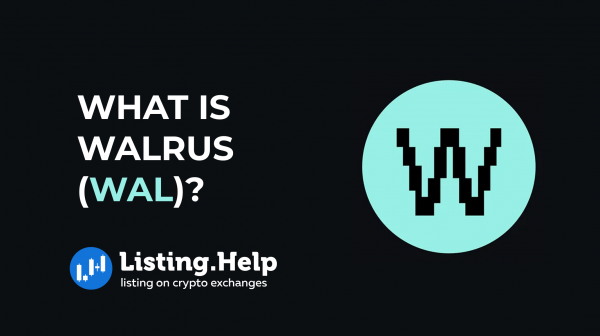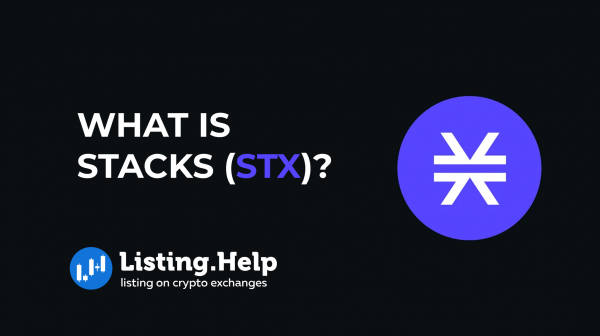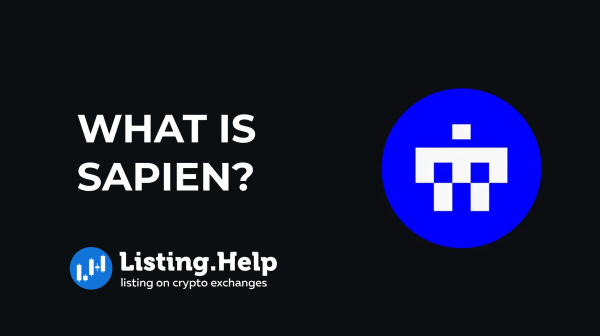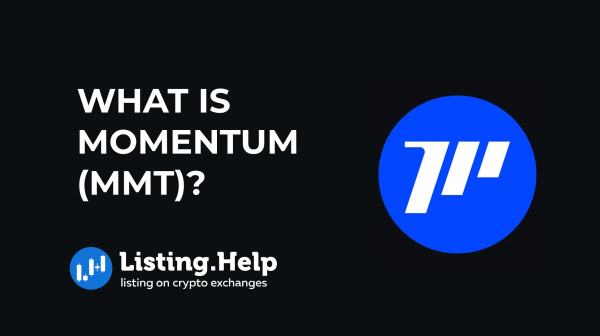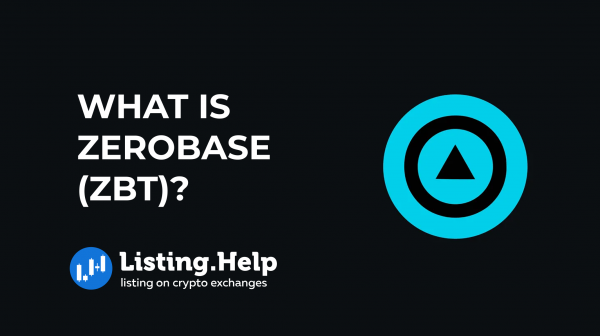What is EthereumPoW (ETHW)?
 September 29, 2024
September 29, 2024 Updated: January 26 2025, 07:09
Updated: January 26 2025, 07:09
LEAVE A REQUEST
Launching your own token project? Our experts are ready to help with listing on exchanges, market making, marketing and other solutions
SUBMIT APPLICATIONEthereumPoW (ETHW) is a blockchain that emerged after Ethereum shifted from its Proof of Work (PoW) model to the more energy-efficient Proof of Stake (PoS) system.
In September 2022, Ethereum made a significant change known as The Merge, moving away from PoW, which relies on miners to verify transactions, to the PoS mechanism, which selects validators based on the amount of cryptocurrency they hold. This change was part of an effort to improve scalability and reduce the energy demands associated with PoW, which had come under scrutiny for its environmental impact. However, the transition raised concerns among miners about their future earnings. To address these concerns, EthereumPoW (ETHW) was created as a hard fork, keeping the original PoW system and continuing Ethereum’s tradition of mining-based validation.
History of EthereumPoW
The story of EthereumPoW (ETHW) is closely tied to the development of Ethereum itself, a platform initially proposed by Vitalik Buterin in 2013 and launched in 2015. Ethereum quickly became a major player in decentralized finance (DeFi) and smart contracts. In 2016, after a hack on “The DAO,” Ethereum split, creating Ethereum Classic (ETC) alongside the main Ethereum chain. The move toward Ethereum 2.0 began in 2020, aiming to transition the platform from PoW to PoS for improved efficiency. The Merge was a key step in this shift, merging Ethereum’s consensus layer (the beacon chain) with its execution layer (the existing Ethereum chain), effectively replacing PoW with PoS.
EthereumPoW came about due to disagreements within the Ethereum community over this transition. Some miners, concerned about the impact on their income and the security of the network, decided to fork Ethereum and keep the PoW system alive. Crypto veteran Chandler Guo proposed EthereumPoW on July 27, 2022, and by September 13, 2022, the ETHW Core team announced the launch of its mainnet. This launch occurred within a day of The Merge, offering miners a way to continue using the PoW model. The fork was supported by key figures in the crypto space, including Justin Sun, founder of Tron, aiming to provide an alternative for those wanting to stay with the original consensus mechanism.
How does EthereumPoW (ETHW) Work?
The original Ethereum network, now known as Ethereum Classic, was built on the Proof of Work (PoW) consensus mechanism. This method was used until the network underwent a hard fork following the DAO hack to improve security. EthereumFair and EthereumPoW are two more offshoots of the original blockchain, both of which continue to utilize PoW mining.
In PoW cryptocurrencies like Bitcoin, digital currency is earned when individuals or groups solve complex mathematical problems, allowing them to propose a new block to the blockchain. However, to prevent a small group of miners from dominating the process and compromising the network’s resistance to censorship, a larger pool of independent miners is necessary to ensure decentralized transaction processing.
Likewise, ETHW miners will maintain the same process of solving these mathematical puzzles to validate transactions and generate new blocks. For their work, miners are compensated with ETHW, the native cryptocurrency of the EthereumPoW network. This keeps the PoW model alive on the ETHPoW chain while continuing to reward those involved in securing the network.
The ETHW token
ETHW Coin is the cryptocurrency native to the EthereumPoW blockchain, used for both transactions and as a reward for miners. As of January 2024, the total and circulating supply stands at 107,818,999 units. When EthereumPoW split from Ethereum, it inherited the same circulating supply. However, due to Ethereum’s staking mechanism, which allows only deposits without withdrawals, around 13.7 million ETH that was staked on Ethereum could not be accessed on the EthereumPoW chain, effectively reducing the circulating supply of ETHW.
ETHW Coin is an integral part of the EthereumPoW network, emerging from the hard fork of the original Ethereum blockchain. Unlike ERC20 tokens, ETHW doesn’t have a separate contract address because it is part of the core blockchain itself. During the fork, Ethereum holders at the time of the snapshot were automatically granted an equivalent amount of ETHW. Users simply had to add the EthereumPoW mainnet RPC to their wallets to view and use their ETHW, a process sometimes mistaken for an “airdrop.”
Within the EthereumPoW ecosystem, ETHW has two primary roles. It powers transactions and smart contract executions, while also serving as a reward for miners who secure the network. Miners earn ETHW through block rewards and transaction fees. The value of ETHW is influenced by market factors such as demand, supply, and overall adoption. It holds significance not only for enabling the operations of the EthereumPoW blockchain but also as a potential asset for investment, subject to market conditions.
EthereumPoW Use Cases
EthereumPoW (ETHW), which continues to operate under the Proof of Work (PoW) consensus model, offers several applications similar to those of Ethereum before its transition to Proof of Stake (PoS). This blockchain maintains practical utility across different areas, relying on the established PoW system:
– Smart Contracts and DApps: ETHW supports the development and execution of decentralized applications and smart contracts, enabling secure, automated digital agreements without third-party involvement.
– Decentralized Finance (DeFi): ETHW can power DeFi platforms, allowing users to access financial services like lending, borrowing, and yield farming, all without the need for traditional financial intermediaries.
– NFTs and Digital Collectibles: The ETHW network allows for the creation, trade, and sale of non-fungible tokens (NFTs) and digital collectibles, providing a marketplace for digital assets and art.
– Gaming and Metaverse Projects: ETHW supports blockchain-based gaming and metaverse environments, making it possible to build virtual worlds and tokenize game assets, offering new opportunities for developers and users in these growing sectors.
Future of EthereumPoW (ETHW)
The Proof of Work (PoW) model incentivizes miners to solve complex computations to generate valid blocks, but this process requires significant energy, making it increasingly unsustainable. As the network’s computing power grows, the difficulty of finding new blocks also increases, pushing the overall energy consumption higher.
With much of the energy from unsuccessful mining efforts being wasted, Ethereum’s transition to Proof of Stake (PoS) was driven by the need for a more efficient system. PoS is designed to reduce energy usage and allow for more scalable networks. While EthereumPoW (ETHW) continues to attract miners who have already invested in costly mining equipment, PoS offers a more resource-efficient alternative.
Although PoS is still in its early stages, it has the potential to transform blockchain security and could eventually phase out mining altogether. However, it remains uncertain whether PoS will completely replace PoW, or if both models will coexist in the future of blockchain technology.

For more insights and updates on the crypto world, don’t forget to check out our blog at Listing.Help




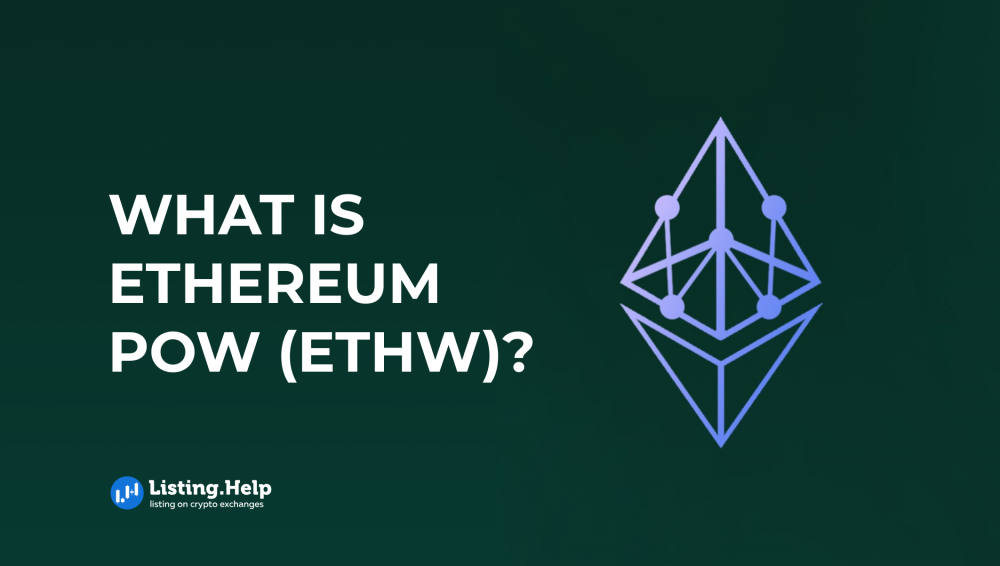


 December 22, 2025
December 22, 2025 